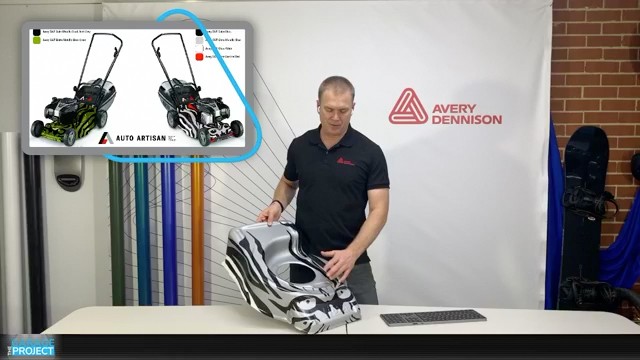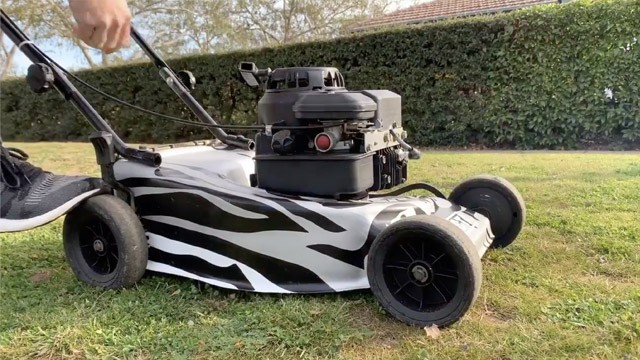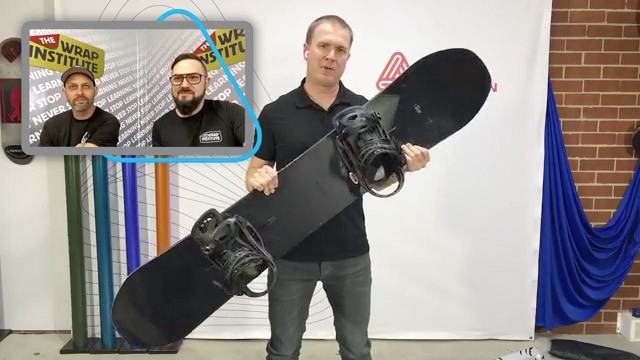Welcome to The Garage Project! This is a new and exciting production from Avery Dennison where we recently concluded Season 1. Peter Wright, our Technical Marketing Manager, experimented with wrapping unique objects and shared vehicle wrapping tricks and tips within his garage. This also included interviews with special guests - world-renowned wrapping experts Justin Pate, Rainer Lorz, and Nick Caminiti.
With eight live episodes under our belt for Season 1, there have been lots of questions from the audience. So here are the top questions from The Garage Project for 2020, ranging from cleaning techniques to how to be successful in the industry!
Questions on cleaning techniques:
Can we use masking tape instead of the fingernail test before wrapping an item?
The fingernail test is ideal for identifying if all contaminants have been removed from the surface before application commences. You could use masking tape as an arbitrary means to test for adhesion. But the fingernail test is far more effective, as you can feel if the surface is clean or not. When you drag your fingernail across the surface, a properly cleaned surface should feel as if there is resistance against the nail, as opposed to a surface which still has contamination present, which will feel slippery.
Can you use Surface Cleaner for the final clean?
Our surface cleaner contains solvents, similar to Isopropyl alcohol. If you use a solvent on PVC film, it strips the film of all the beneficial products we put in during the manufacturing process. Instead, we recommend using the Avery Dennison sealants and cleaners which are water-based, and designed to work harmoniously with our films. A soap and water solution would also be suitable as long as it doesn’t contain any harsh chemicals and is pH neutral.
Does a paint protection film or wrapping film need to be installed on a perfectly prepared surface?
Yes, we recommend that our films are only applied to sound OEM paint systems because damaged, repaired or old weathered substrates can impede the adhesion and cause issues with the film.
What’s the main benefit of Avery Denison’s Surface Cleaner?
The key benefit is that it’s designed by installers for installers. They wanted a product that would degrease and clean in one swift action. There is no need to use the two rag method, you can spray it, allow it to dwell and then wipe it off. That’s the Avery Dennison Surface Cleaner!
How often should we replace the squeegee?
It’s basically a visual assessment, so for the blue squeegee, if the edge is damaged and not perfectly straight, it needs to be replaced. For the red squeegee, if the felt is worn or there is debris in the felt, then the felt needs to be replaced. Generally, if you use the squeegees for the right purposes, they will last you a reasonable amount of time. But you should get in the habit of regularly replacing the felt buffer to reduce scratching etc.





